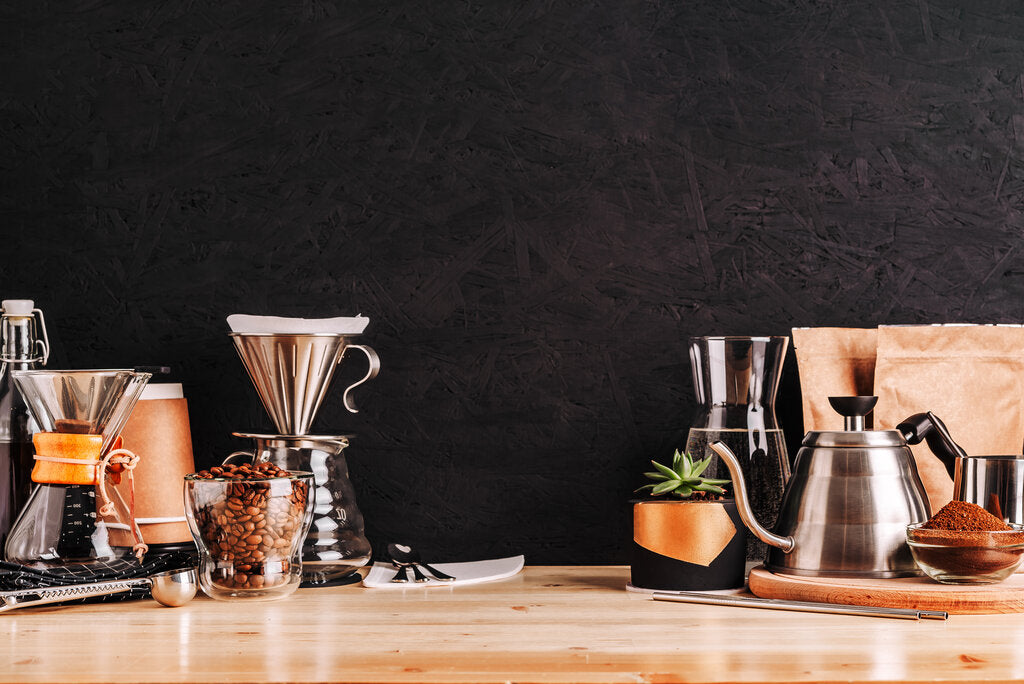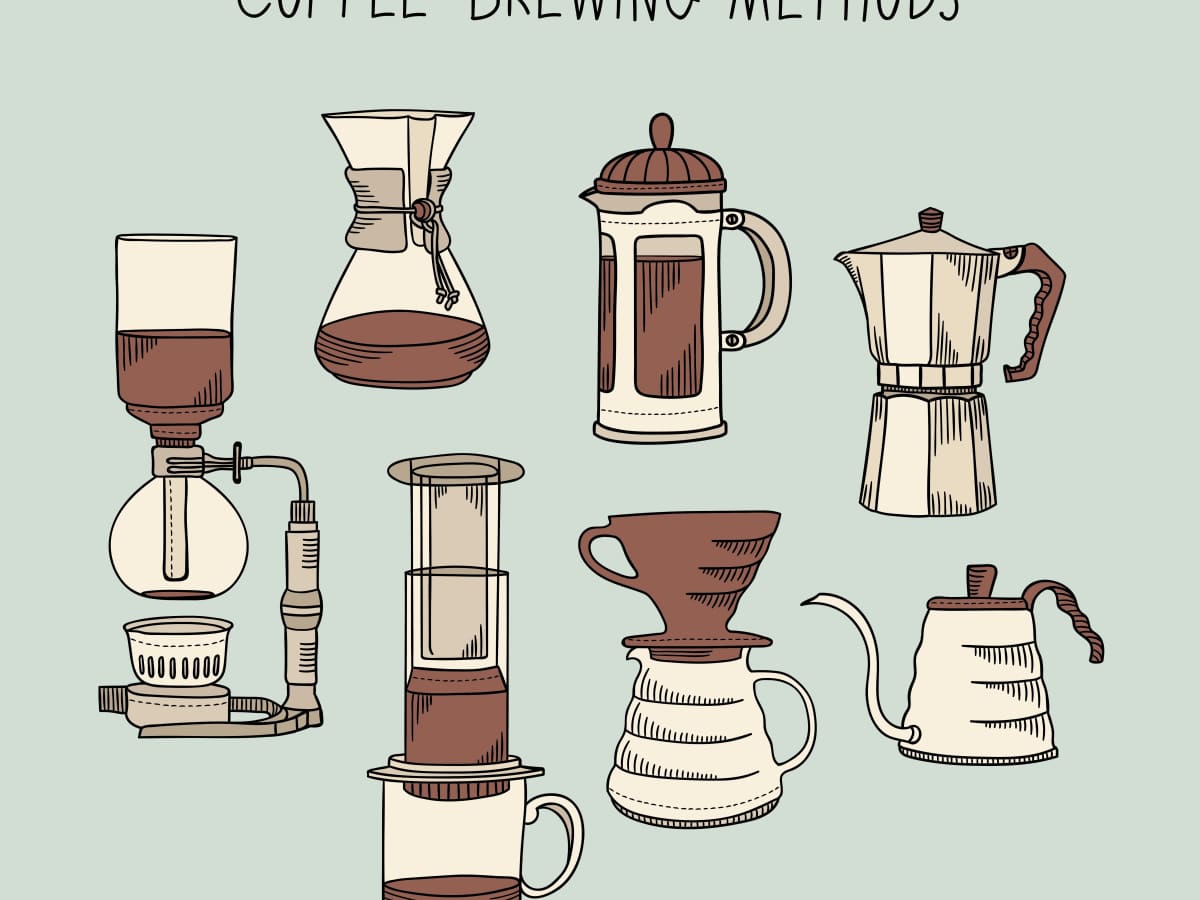The Scientific Research Behind Coffee Developing: Exactly How Temperature and Time Affect Your Drink
Comprehending the scientific research behind coffee developing exposes that temperature level and time are not plain variables but crucial components that determine the beverage's taste account and total top quality. As we check out the nuances of these aspects, the inquiry arises: just how can one properly equilibrium temperature and time to accomplish that excellent mixture?
The Chemistry of Coffee Extraction
The chemistry of coffee removal digs into the detailed procedures that transform raw coffee beans into the fragrant drink enjoyed worldwide. This change largely entails the solubility of different substances existing in the beans, which are influenced by aspects such as work dimension, water high quality, and the brewing approach employed.
During the developing process, warm water functions as a solvent, extracting soluble compounds, including high levels of caffeine, sugars, acids, and lipids, from the coffee premises. Each compound contributes to the flavor profile, fragrance, and body of the final beverage. For example, acids are accountable for tasty and bright notes, while oils add to an abundant mouthfeel.
The extraction procedure is not consistent; different substances dissolve at different rates. The preliminary phases of developing extract acids and sugars, resulting in a pleasurable acidity, while prolonged extraction can lead to bitterness because of over-extraction of unfavorable compounds. Understanding these chemical communications is critical for maximizing developing strategies, as the equilibrium between extraction time and water temperature can significantly affect the total top quality of the coffee. Eventually, mastering the chemistry of coffee extraction is essential to accomplishing a all-around and tasty mug.
Suitable Brewing Temperatures
Finding the right brewing temperature is vital for unlocking the complete capacity of coffee flavors and fragrances - coffee brewing methods. Study suggests that the optimal variety for developing coffee exists in between 195 ° F to 205 ° F(90 ° C to 96 ° C) Within this range, the extraction process efficiently dissolves the desirable soluble compounds in coffee beans, causing a balanced and delicious mug
Developing at reduced temperature levels, such as below 195 ° F(90 ° C ), might lead to under-extraction, producing a weak and acidic mixture with soft tastes. Conversely, developing at temperature levels surpassing 205 ° F(96 ° C) can cause over-extraction, creating a bitter and harsh preference because of the too much dissolution of undesirable substances, such as tannins.
In addition, the perfect brewing temperature can differ depending on the coffee bean kind and roast level. Lighter roasts often profit from slightly higher temperature levels to improve their intricate taste profiles, while darker roasts may be better fit to lower temperatures to alleviate resentment.
Inevitably, maintaining precision in brewing temperatures is critical for accomplishing a harmonious balance of tastes, guaranteeing that every cup of coffee delivers an enjoyable sensory experience.
Impact of Developing Time
Developing time plays an essential role in figuring out the taste profile and overall quality of coffee. The extraction process, which affects the taste, scent, and body of the drink, is largely dependent on how much time the coffee premises touch with water. Much shorter developing times can result in under-extraction, bring about a weak or sour flavor, as inadequate soluble substances are dissolved. Alternatively, extended developing can lead to over-extraction, where unwanted compounds are launched, resulting in a bitter or astringent preference.
Ideal brewing time varies relying on the technique made use of and the work size of the coffee. For example, a French press commonly requires about 4 minutes, while espresso removal is normally finished within 25 to 30 secs. It is necessary to calibrate developing time in combination with various other variables, such as water temperature and coffee-to-water proportion, to accomplish the preferred flavor account.
Recognizing the influence of brewing time allows coffee fanatics to fine-tune their developing strategies, eventually boosting the sensory experience of their cup (coffee brewing methods). With mindful focus to this variable, one can open the complete potential of the coffee, disclosing its distinct characteristics and nuances
Developing Methods and Their Effects

For example, techniques like French press and cold brew allow for a much longer steeping time, resulting in a fuller body and durable taste as a result of increased extraction of oils and soluble solids. On the other hand, espresso brewing utilizes high pressure and a much shorter extraction time, creating a concentrated shot that stresses intense flavors and an abundant crema.
Pour-over techniques, such as Chemex or V60, use a more controlled removal process, permitting the maker to control circulation price and water distribution, which can improve illumination and clarity. On the other hand, percolation techniques cycle water through the coffee grounds several times, leading to a stronger, frequently bitter taste.
Last but not least, making use of paper filters versus steel filters can additionally other influence the last preference; paper filters typically generate a cleaner cup by capturing oils and fine fragments, while metal filters enable even more oils to pass through, adding to a fuller mouthfeel - coffee brewing methods. Comprehending these nuances can raise the coffee experience significantly
Tips for Perfecting Your Mixture
A well-executed brew can change also the most basic coffee right into an amazing experience. Grind the beans just prior to making to make the most of freshness, ensuring the grind size matches your brewing technique-- coarser for French press and finer for coffee.
Water top quality plays a vital duty; use filteringed system water devoid of contaminations. The perfect brewing temperature varies in between 195 ° Find Out More F and 205 ° F(90 ° C to 96 ° C ) Too warm can swelter the coffee, while this page also awesome might under-extract flavors.
Timing is similarly essential. For immersion methods, soaking for three to 5 minutes is optimal, whereas drip approaches normally take about 5 minutes. Trying out brew times to locate your recommended toughness.

Verdict
In summary, the elaborate connection in between temperature level and time is critical in the coffee brewing process. Understanding these scientific concepts equips people to refine their brewing methods, ultimately leading to a much more balanced and pleasurable coffee experience.
Comprehending the scientific research behind coffee brewing exposes that temperature and time are not plain variables however crucial elements that determine the drink's taste account and total top quality. Recognizing these chemical interactions is essential for maximizing developing strategies, as the equilibrium between removal time and water temperature can considerably affect the general quality of the coffee.Developing time plays a crucial function in determining the flavor profile and overall top quality of coffee. By concentrating on these components-- bean high quality, grind size, water temperature level, soaking time, and proportion-- you can boost your coffee brewing process, resulting in a regularly premium mug.
In recap, the detailed connection in between temperature level and time is vital in the coffee brewing procedure.